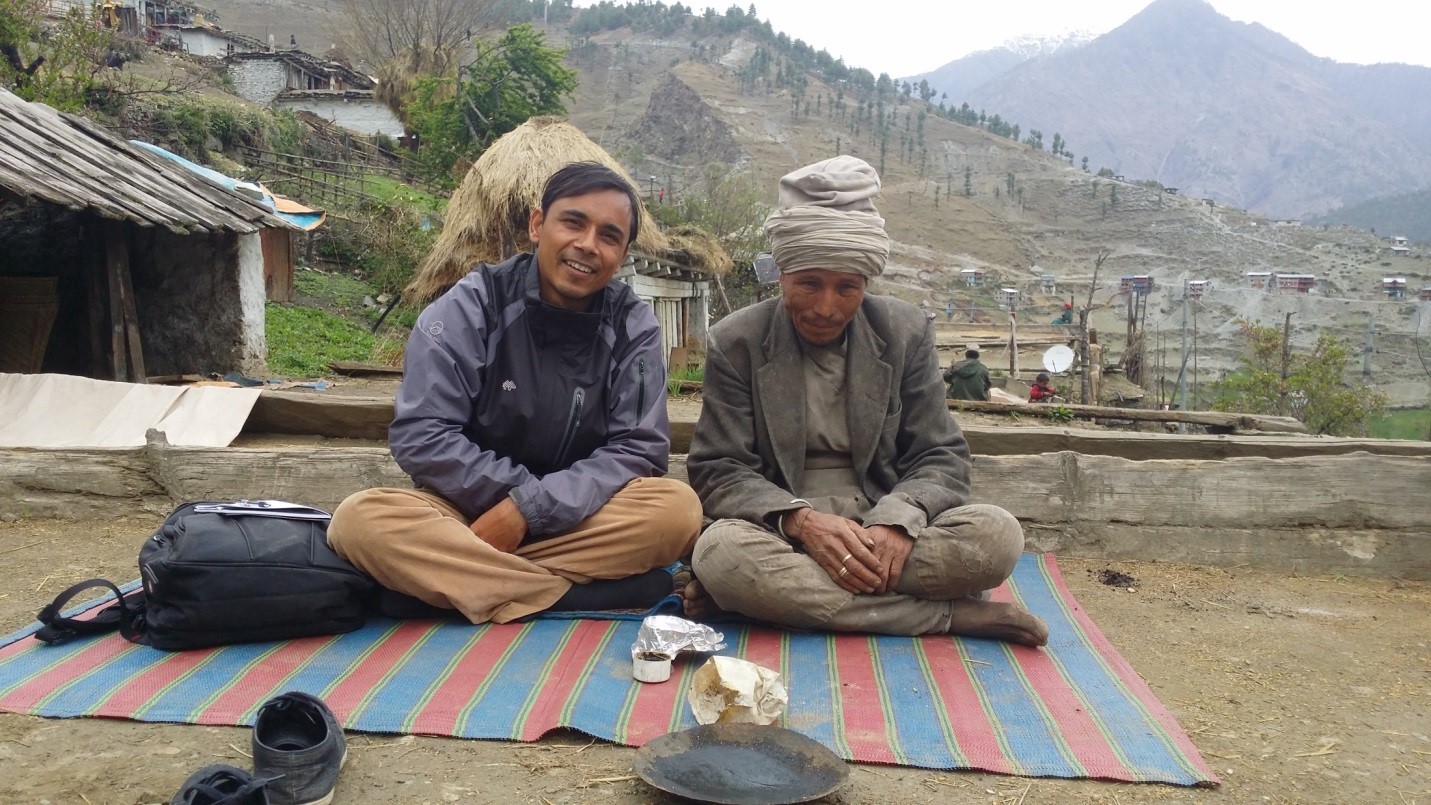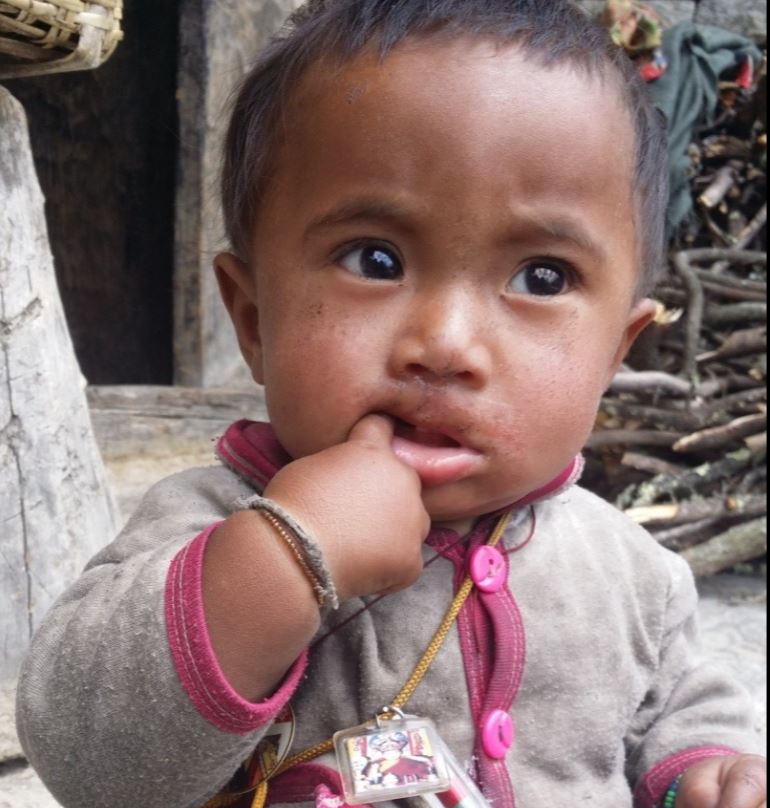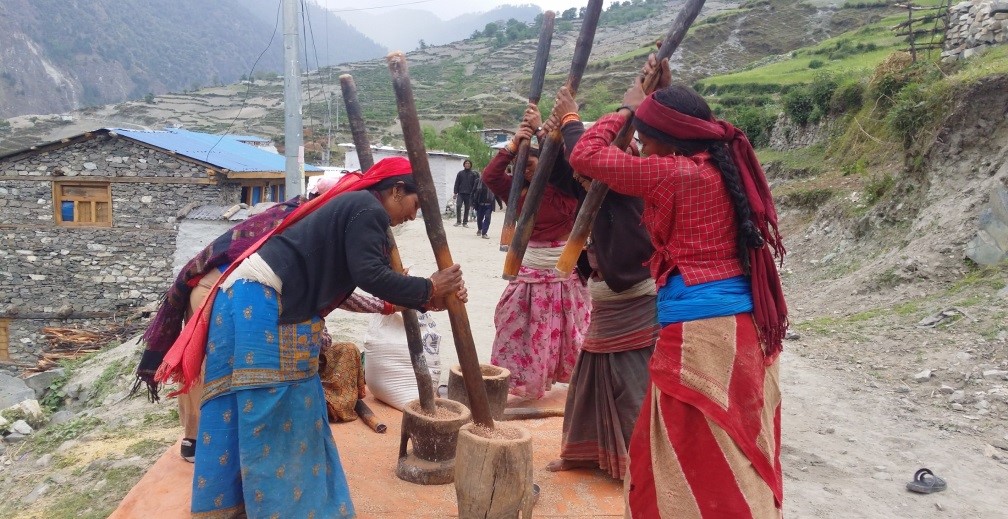
Medical intervention alone will not rectify Nepal’s appalling perinatal mortality rates, which are among the highest in the world.
A Flinders University researcher has found that strong ties to fatalistic religious beliefs, superstitions and village faith healers remain more powerful influences over remote Nepalese communities than proposed medical solutions.
Mohan Paudel, a Nepalese PhD candidate at Flinders University’s College of Medicine and Public Health, searched for answers to understand why Nepal’s mountainous regions registered the alarmingly high rate of up to 46 deaths per 1000 births when this study commenced in 2014.
While some previous studies have prescribed a list of public health interventions for the disadvantaged regions of one of the world’s poorest countries, Mr Paudel’s research in Nepal focused on examining how women and their families have reacted to so many perinatal deaths in the mountainous villages of Nepal.
An alarming reluctance by villagers to embrace modern medical solutions is revealed in the resulting paper – Religio-cultural Factors Contributing to Perinatal Mortality and Morbidity in Mountain Villages of Nepal: Implications for Future Healthcare Provision – recently published by PLOS ONE journal.
While neonatal deaths in Nepal are declining, the current toll of 33 neonatal deaths per thousand live births and 37 perinatal deaths per thousand births is still among the highest in the world.
The neonatal figures account for more than 50 per cent of under-five deaths in the country. The problem is more profound in the mountain regions, which has Nepal’s greatest income and ecological inequities, having a neonatal death rate of 46 per thousand, and a perinatal death rate of over 42 per thousand.
The study found that perinatal death is viewed by Nepalese people as a natural occurrence because it is so prevalent, and cannot be avoided. As a result, a perpetuating silence about perinatal deaths occurs within the communities.

Mr Paudel found a general acceptance among women in mountain villages about such high mortality at birth, with some saying “everyone has gone through it”. In such instances, there are no rituals to mark the death, as families do not consider it to be a life lost.
Perinatal deaths in Nepal are also widely considered to be enforced by Dewata (God), as sickness and death is seen to be a reaction by an unhappy Dewata, stemming from disobedience to the deity.
There is even a belief that seeking health care for a sick baby will bring about more harm if the sickness is perceived as being Dewata’s will.
There is a strong reliance on the work of local faith healers,who offer prayer and offer sacrifices of lamb or burning oils, to be the agents capable of reading Dewata’s will during times of sickness.
As a result, widespread acceptance of infant mortality is tied to entrenched spiritual beliefs, and that it is directly influenced by the forces of Karma (the measurement of past deeds), Bhagya (the mother’s fate) or Lekhanta (a baby’s Destiny).
Fatalism therefore plays a large role in how villagers rationalise so many perinatal deaths.
Implications for policy and future public health practice to curb these problems in Nepal are problematic. Medical interventions alone are not sufficient to curb the high death toll until such beliefs are considered in policy making and programming, to prevent ongoing perinatal deaths.
The research points to a clear path forward, according to Mr Paudel.

“We need intensive focus on community engagement, to make people critically conscious about Karma, and to demand health care rather than simply waiting and doing nothing for a sick baby and a mother,” says Mohan.
“Behavioural change within the remote communities is a must, and the key focus should be to not merely instruct women about medical danger signs and problematic conditions during pregnancy, childbirth and postnatal period, but to also engage them in intensive two-way dialogues that will make villagers aware about how their current religio-cultural beliefs contribute to perpetuate ongoing sickness and deaths.”
He says Nepal’s health system will need to expand its focus beyond the medical domain, and focus on developing a strong partnership between health workers and faith healers.
Very few studies have made a detailed explanations behind ongoing perinatal deaths for the mountains in Nepal, the disadvantaged regions of one of the world’s poorest country.
As this study commenced, Nepal’s mountainous region recorded one of the highest perinatal death rates (>40 deaths per 1,000 birth rates) in the world, equivalent to the highest death rates recorded in Sub-Saharan African countries.
Although survival is the fundamental rights of every child ratified in different international conventions, Mr Paudel says the chance to rejoice a mere survival (far from an optimal human development) of their every child by a Nepali mountain woman could still require waiting several years to come.


